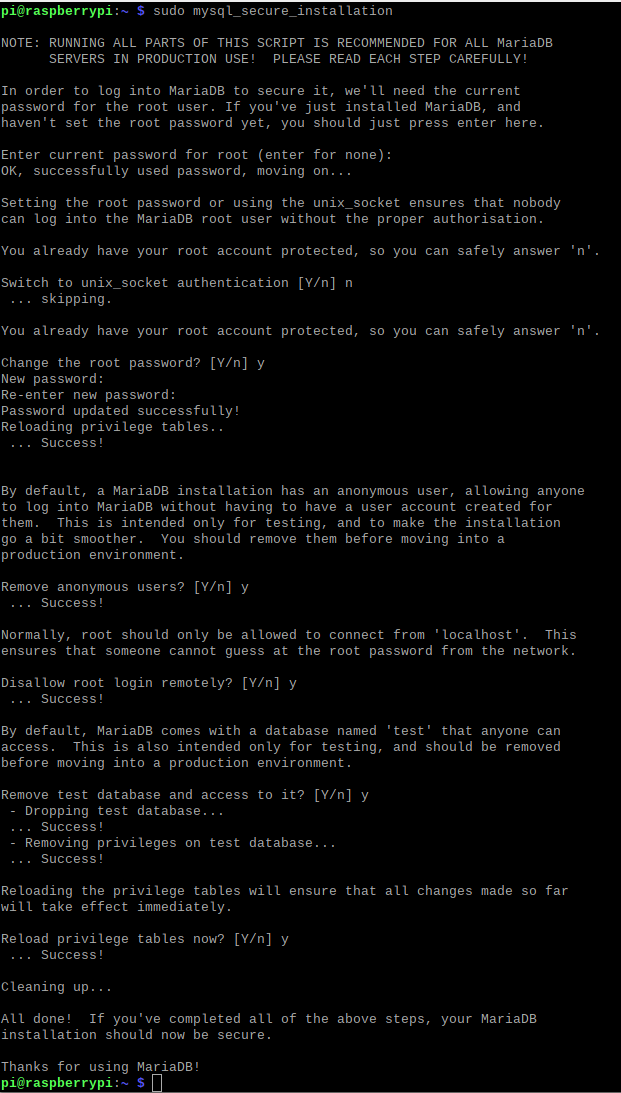import time # to simulate a real time data, time loop
import numpy as np # np mean, np random
import pandas as pd # read csv, df manipulation
import plotly.express as px # interactive charts
import streamlit as st # 🎈 data web app development
st.set_page_config(
page_title="Real-Time Data Science Dashboard",
page_icon="✅",
layout="wide",
)
# read csv from a github repo
dataset_url = "https://raw.githubusercontent.com/Lexie88rus/bank-marketing-analysis/master/bank.csv"
# read csv from a URL
@st.experimental_memo
def get_data() -> pd.DataFrame:
return pd.read_csv(dataset_url)
df = get_data()
# dashboard title
st.title("Real-Time / Live Data Science Dashboard")
# top-level filters
job_filter = st.selectbox("Select the Job", pd.unique(df["job"]))
# creating a single-element container
placeholder = st.empty()
# dataframe filter
df = df[df["job"] == job_filter]
# near real-time / live feed simulation
for seconds in range(200):
df["age_new"] = df["age"] * np.random.choice(range(1, 5))
df["balance_new"] = df["balance"] * np.random.choice(range(1, 5))
# creating KPIs
avg_age = np.mean(df["age_new"])
count_married = int(
df[(df["marital"] == "married")]["marital"].count()
+ np.random.choice(range(1, 30))
)
balance = np.mean(df["balance_new"])
with placeholder.container():
# create three columns
kpi1, kpi2, kpi3 = st.columns(3)
# fill in those three columns with respective metrics or KPIs
kpi1.metric(
label="Age ⏳",
value=round(avg_age),
delta=round(avg_age) - 10,
)
kpi2.metric(
label="Married Count 💍",
value=int(count_married),
delta=-10 + count_married,
)
kpi3.metric(
label="A/C Balance $",
value=f"$ {round(balance,2)} ",
delta=-round(balance / count_married) * 100,
)
# create two columns for charts
fig_col1, fig_col2 = st.columns(2)
with fig_col1:
st.markdown("### First Chart")
fig = px.density_heatmap(
data_frame=df, y="age_new", x="marital"
)
st.write(fig)
with fig_col2:
st.markdown("### Second Chart")
fig2 = px.histogram(data_frame=df, x="age_new")
st.write(fig2)
st.markdown("### Detailed Data View")
st.dataframe(df)
time.sleep(1)
开机启动streamlit服务
树莓派开机启动程序的几种方式
树莓派安装配置数据库mariadb-server并建库建表插入数据
sudo apt update
sudo atp upgrade -y
sudo apt-get install mariadb-server配置
sudo mysql_secure_installation

创建数据库
建库建表
pi@raspberrypi:~ $ mysql -u root -p
Enter password:
Welcome to the MariaDB monitor. Commands end with ; or \g.
Your MariaDB connection id is 38
Server version: 10.5.19-MariaDB-0+deb11u2 Debian 11
Copyright (c) 2000, 2018, Oracle, MariaDB Corporation Ab and others.
Type 'help;' or '\h' for help. Type '\c' to clear the current input statement.
MariaDB [(none)]> create database mydb;
Query OK, 1 row affected (0.001 sec)
MariaDB [(none)]> use mydb;
Database changed
MariaDB [mydb]> CREATE TABLE salesdata(
-> user_id INT NOT NULL AUTO_INCREMENT,
-> username VARCHAR(40) NOT NULL,
-> password VARCHAR(40) NOT NULL,
-> PRIMARY KEY(user_id)
-> );
MariaDB [mydb]> show databases;
+--------------------+
| Database |
+--------------------+
| information_schema |
| mydb |
| mysql |
| performance_schema |
+--------------------+
4 rows in set (0.001 sec)
MariaDB [mydb]>
向表格中插入数据
MariaDB [mydb]> INSERT INTO salesdata(username,password) VALUES("liba001","20252025");
Query OK, 1 row affected (0.004 sec)
MariaDB [mydb]>
查询数据
MariaDB [mydb]> select * from salesdata;
+---------+----------+----------+
| user_id | username | password |
+---------+----------+----------+
| 1 | liba001 | 20252025 |
+---------+----------+----------+
1 row in set (0.001 sec)
MariaDB [mydb]>
eshop2
streamlit一些使用技巧
密码保护:销售数据录入
streamlit的几个例子
eshop datasheet
用streamlit创建实时看板
import time # to simulate a real time data, time loop
import numpy as np # np mean, np random
import pandas as pd # read csv, df manipulation
import plotly.express as px # interactive charts
import streamlit as st # 🎈 data web app development
st.set_page_config(
page_title="Real-Time Data Science Dashboard",
page_icon="✅",
layout="wide",
)
# read csv from a github repo
dataset_url = "https://raw.githubusercontent.com/Lexie88rus/bank-marketing-analysis/master/bank.csv"
# read csv from a URL
@st.experimental_memo
def get_data() -> pd.DataFrame:
return pd.read_csv(dataset_url)
df = get_data()
# dashboard title
st.title("Real-Time / Live Data Science Dashboard")
# top-level filters
job_filter = st.selectbox("Select the Job", pd.unique(df["job"]))
# creating a single-element container
placeholder = st.empty()
# dataframe filter
df = df[df["job"] == job_filter]
# near real-time / live feed simulation
for seconds in range(200):
df["age_new"] = df["age"] * np.random.choice(range(1, 5))
df["balance_new"] = df["balance"] * np.random.choice(range(1, 5))
# creating KPIs
avg_age = np.mean(df["age_new"])
count_married = int(
df[(df["marital"] == "married")]["marital"].count()
+ np.random.choice(range(1, 30))
)
balance = np.mean(df["balance_new"])
with placeholder.container():
# create three columns
kpi1, kpi2, kpi3 = st.columns(3)
# fill in those three columns with respective metrics or KPIs
kpi1.metric(
label="Age ⏳",
value=round(avg_age),
delta=round(avg_age) - 10,
)
kpi2.metric(
label="Married Count 💍",
value=int(count_married),
delta=-10 + count_married,
)
kpi3.metric(
label="A/C Balance $",
value=f"$ {round(balance,2)} ",
delta=-round(balance / count_married) * 100,
)
# create two columns for charts
fig_col1, fig_col2 = st.columns(2)
with fig_col1:
st.markdown("### First Chart")
fig = px.density_heatmap(
data_frame=df, y="age_new", x="marital"
)
st.write(fig)
with fig_col2:
st.markdown("### Second Chart")
fig2 = px.histogram(data_frame=df, x="age_new")
st.write(fig2)
st.markdown("### Detailed Data View")
st.dataframe(df)
time.sleep(1)